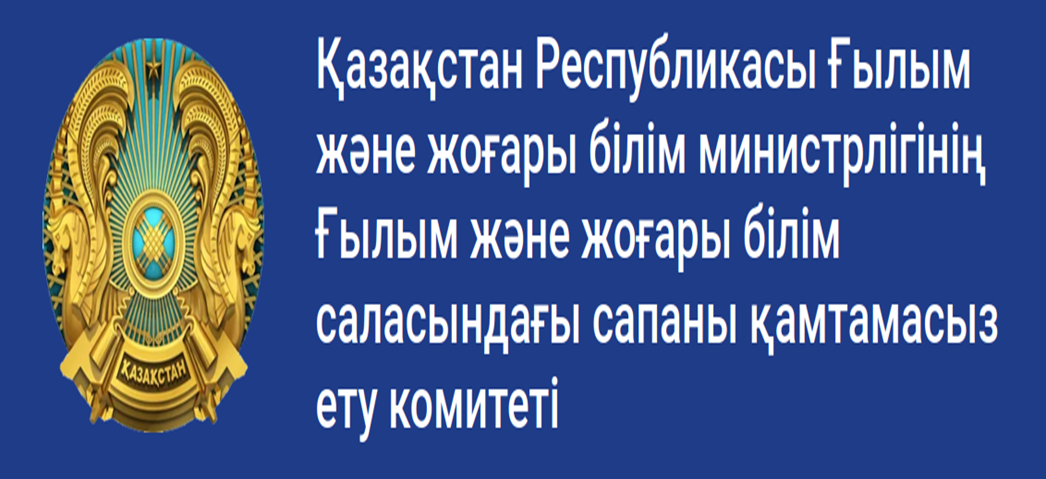Symbolic diplomacy of place and space in Eurasia: “multi-vector” vs. “third neighbor” policies-impact of nomadic features on foreign policy strategies of Kazakhstan and Mongolia
Қаралымдар: 229 / PDF жүктеулері: 503
DOI:
https://doi.org/10.32523/2664-5157-2020-2-3-53Кілт сөздер:
Kazakhstan, Mongolia, multi-vector, Third Neighbor, nomadic heritage, trilateralismАннотация
This paper examines the present-day diplomatic policies of Kazakhstan and Mongolia,
which are two landlocked Eurasian nations that share a common no madic and Soviet heritage. Both
utilize symbolism of place and space as intersections between transcontinental subgroupings to promote
economic development within a continent dominated by superpower neighbors, China and Russia. The
two nations in the democratic era after the collapse of the Soviet Union have devised “Multi-Vector” and
“Third Neighbor” strategies derived from their historic nomadic experiences to break out of their landlocked
geographical constraints.


























